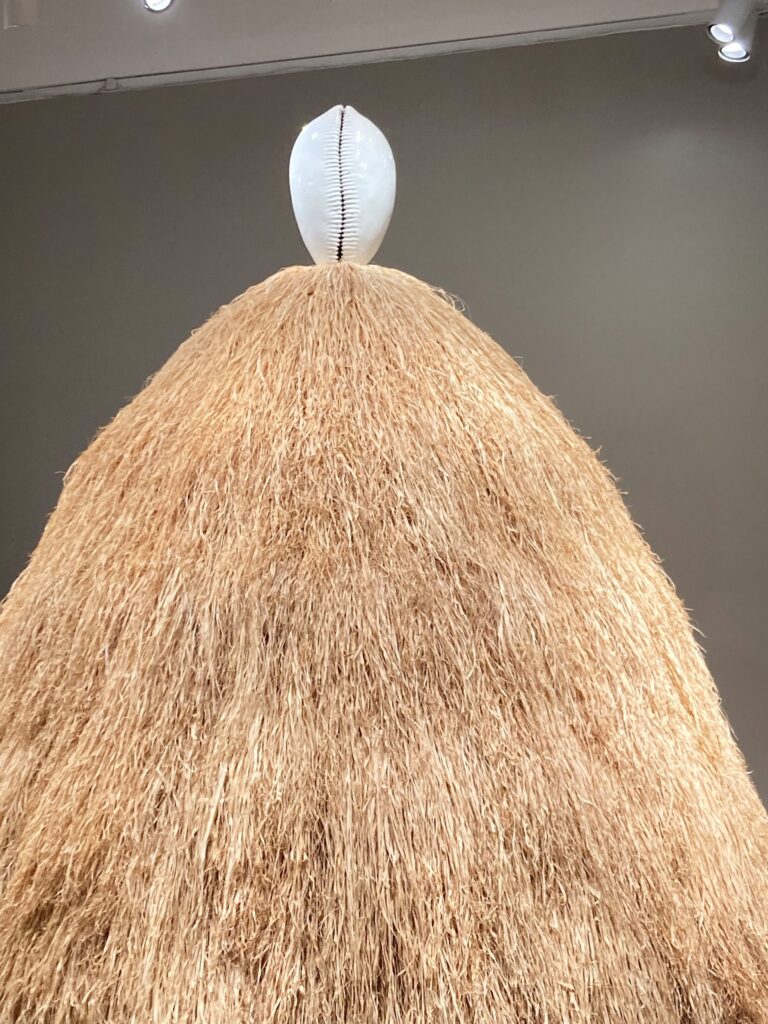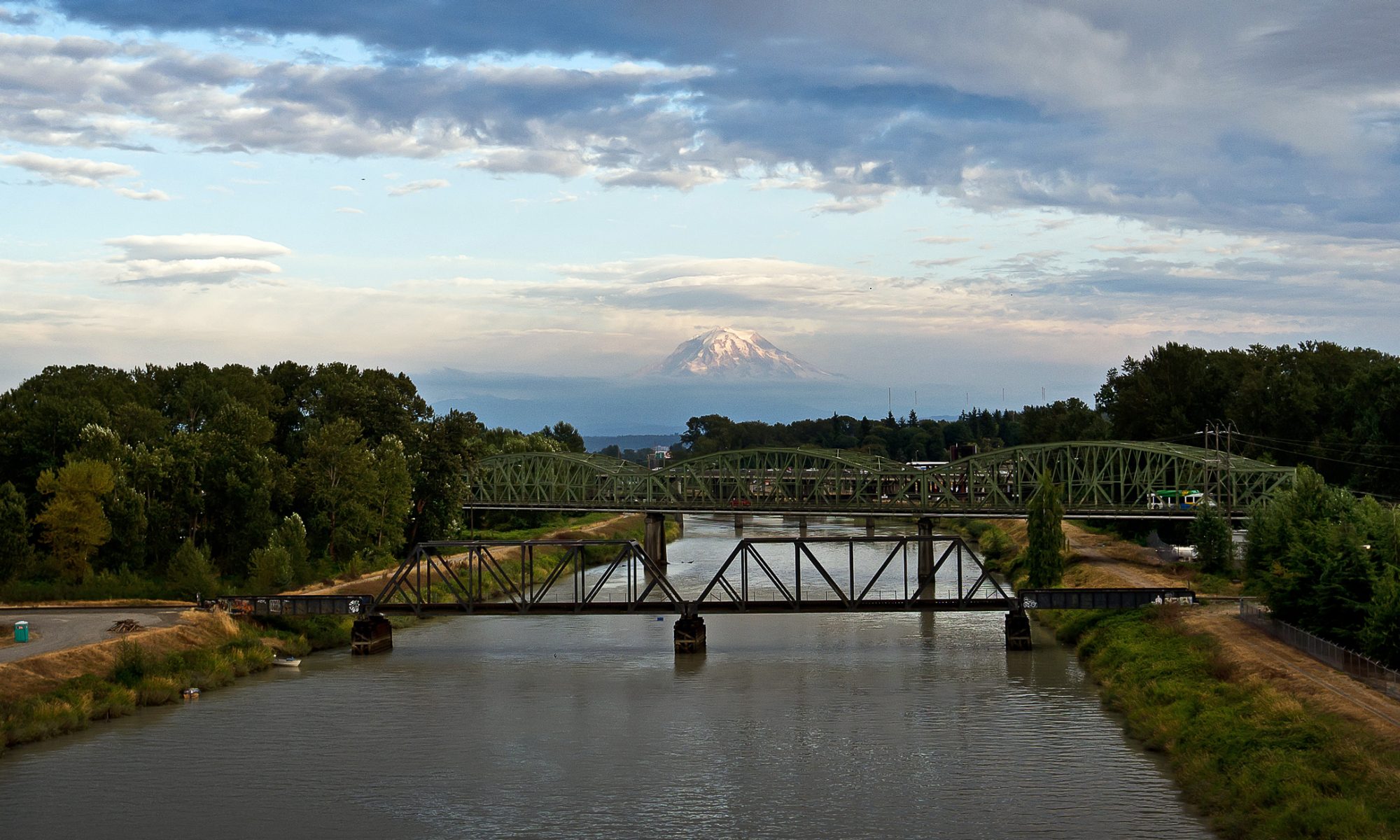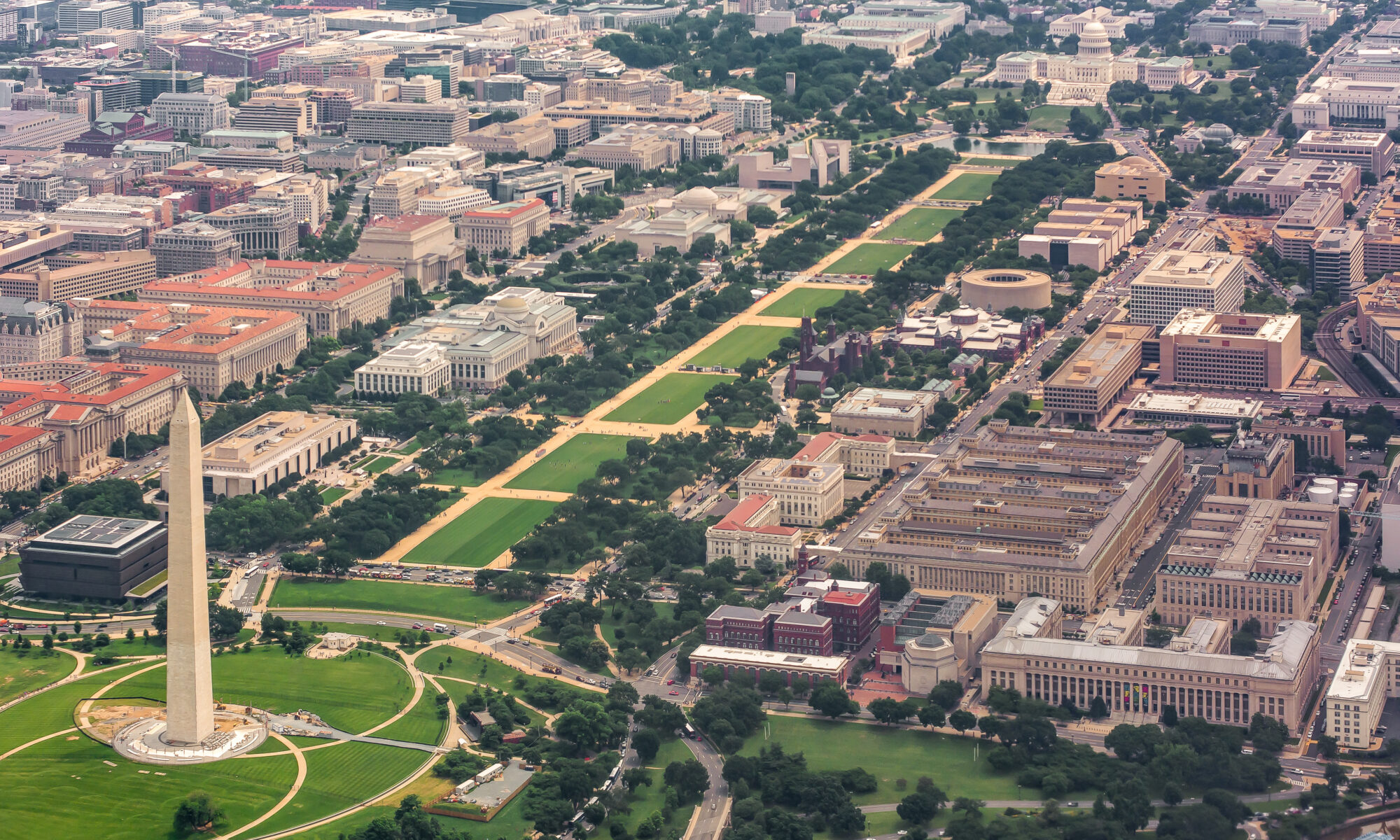Greetings, partners and colleagues –
Happy 2024! I hope the new year has started off strong for you. We in Pierce County Human Services are busy closing out 2023, writing new contracts and new bid documents for 2024, and looking forward to a busy year of partnering with our provider community to deliver necessary programs and services to our community.
Earlier this month, I had the opportunity to travel to Washington, D.C. in my capacity as a trustee for Bates Technical College. 1300 of my fellow trustees from across the country came together to learn about the issues and bills in front of Congress today, and to lobby for the support of our state’s community and technical college system.
In between conference sessions and office visits, I managed to go to a couple of my favorite Smithsonian museums. While visiting them I learned some things that I want to share with you.
I first visited the Hirshhorn, my favorite contemporary art museum in D.C. The best part of the visit was seeing an exhibit of sculptures by Simone Leigh, a prolific and renowned artist whose work centers on African heritage, the power of African women, and the impacts of racism. Her clay and metal sculptures are imposing and elegant. In many of her sculptures she includes the symbols of ritual, respect, and tradition, such as the cowrie shell, which I learned from this show is often used in African cultures to signify immense spiritual power and to symbolize fertility and good luck. You can see some of Leigh’s work here: Simone Leigh – Hirshhorn Museum and Sculpture Garden | Smithsonian

My second visit was to the National Portrait Gallery, where visitors go to see the official portraits of our past presidents. I saw an unexpected video installation there this time, too, about Fredrick Douglass. The looping video shown on 5 screens was less than 30 minutes long, but it touched on a couple of important themes from Douglass’ life that I didn’t know much about – his powerful speech about the meaning of the 4th of July, and his belief in the power of photos. Douglass asserted back in the 1850’s that the 4th of July did not mean freedom to Black slaves. Indeed, many of his words still resonate today – you can hear some of his descendants sharing the speech here: https://nmaahc.si.edu/explore/stories/nations-story-what-slave-fourth-july
Regarding his fascination with the power of photographs, Douglass saw them as powerful tools to advance equity and self-representation. Douglass notably stated that photography was “capable of being harnessed to the car of truth or error: It is a vast power to whatever cause it is coupled.” This is still true today, perhaps even more so given the prevalence of social media. You can read more about Fredrick Douglass and his interactions with photography here: Frederick Douglass and the Power of Photography (U.S. National Park Service) (nps.gov)
It’s fascinating to consider how Leigh’s art and Douglass’ observations can bring history into our present so vividly and meaningfully. I was fortunate to travel to D.C. to see these works in person, and I hope sharing little pieces of them with you gives you a taste of that experience, too.
Happy Black History Month!

- Heather

